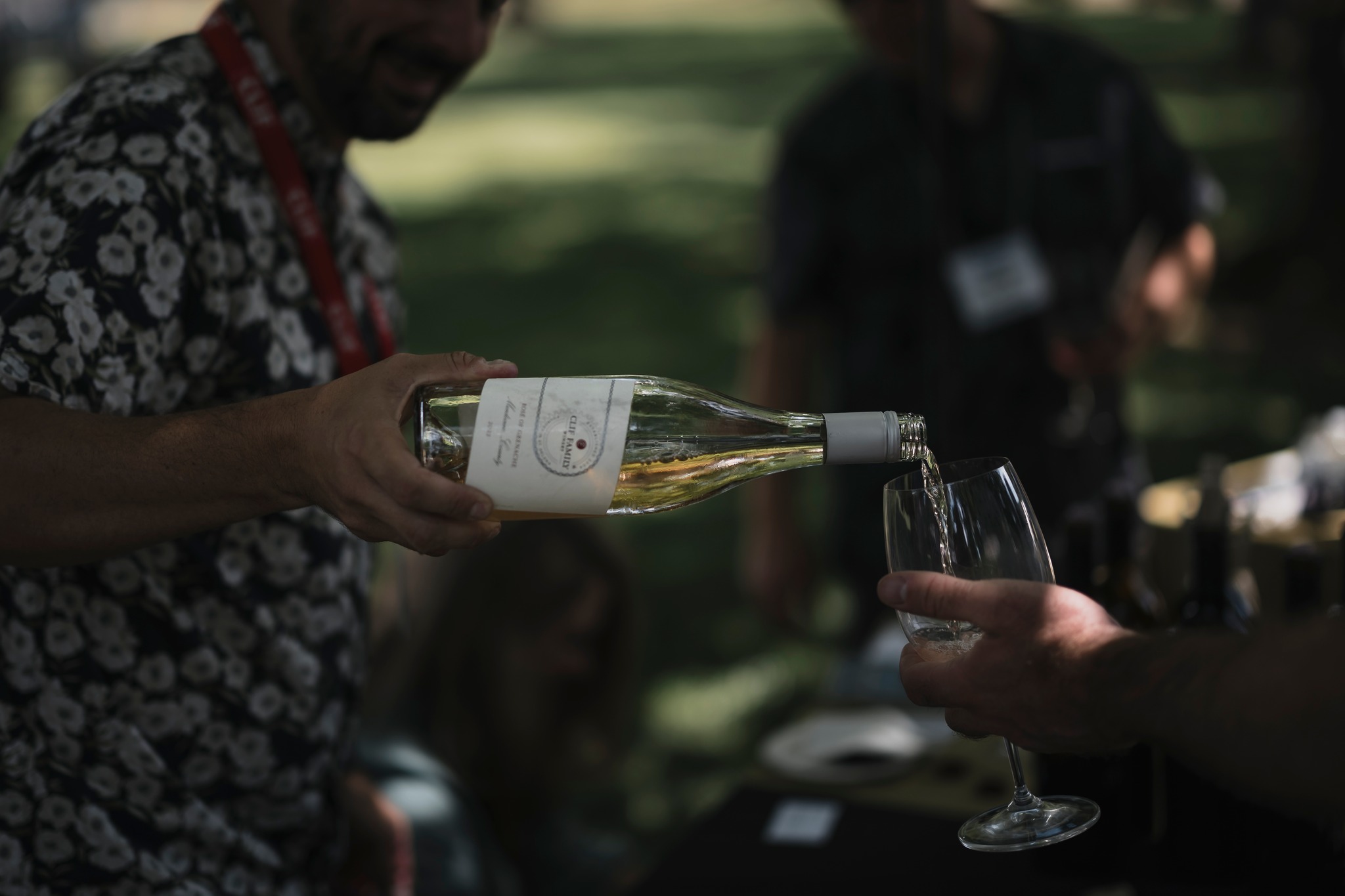©Duckhorn-above the fog-Howell Mountain Vintners & Growers Association
Established in 1983, the Howell Mountain American Viticultural Area (AVA) is the first AVA founded within the greater Napa Valley AVA. The name of the mountain range, and therefore of the AVA, derives from the Isaac Howell family who moved to the area in 1846.
In the 1800s, Jean Adolph Brun and Jean V. Chaix, two expert winemakers, planted hundreds of acres of vineyards in the area, achieving success with the wine trade until Prohibition forced them to close the business. To these two entrepreneurs we owe the birth of viticulture in Howell Mountain. Thanks to them, in 1889, the Howell Mountain region emerged in the headlines with the bronze medal won at the Paris world competition by Brun & Chaix. Years later, Keyes won gold and bronze. In 1904, at the St. Louis Exposition, Keyes repeated his Parisian triumph by winning first prize for his renowned red wine.

©CHARLES-KRUG Cold Springs Vineyard sunset-Howell Mountain Vintners & Growers Association
Howell Mountain is one of only five mountain designations in Napa Valley. When the marine layer fog descends into Napa Valley from the coast, often blanketing the valley floor late into the morning, the weather on Howell Mountain generally remains sunny and cool because Howell Mountain is literally “above the fog.”
The denomination owes its characteristic climate to the fact that it is positioned well above the valley floor. Because of its elevation, evening temperatures on Howell Mountain are generally warmer and daytime temperatures are much cooler, leveling out the heat peaks which tend to be more exaggerated at lower elevations, causing a gradual growth process, producing clusters small and concentrated and ultimately more robust, complex but well balanced wines.

©Cakebread Cellars Dancing Bear Ranch Vineyard by Robert Holmes-Howell Mountain Vintners & Growers Association
Although it receives nearly twice as much rainfall as the valley below, the soil tends to be dry, because the porous, rocky volcanic soil conditions allow for adequate drainage and less buildup. Seasonally cooler spring temperatures cause later-than-average bud break, and warm summer nights produce fruit that demonstrates a great balance of acidity and sugar. All of which results in a rich diversity of complexity and flavor in your glass.

©Lamborn Family Vineyards-Howell Mountain Vintners & Growers Association
From scratch, soil can have as much of an effect on grape variety and intensity as weather. This is clearly evident on Howell Mountain, where there are two major soil types. The first is made up of decomposed volcanic ash, called “tufa”, and the second is red clay with a high iron content. Because both soil types are low in nutrients, they stress the vines, producing intense wines from small clusters and smaller berries.
Cumulatively, the altitude and the thin, rocky, dry soil conditions create wines with solid structure, incredible varietal intensity and excellent aging properties.
The varietals of the area include: Cabernet Sauvignon; Merlot; Small Verdot; Malbec; Zinfandel; Petit Sirah; Syrah; Sauvignon Blanc.

©Howell Mountain Vintners & Growers Association
Howell Mountain wines produce aromas of ripe mountain berries, deep dark currants and elegant floral notes, which are expressed in a powdery, earthy minerality in the nose. The fruit components are very dark in flavor and color with lots of black cherry, blackberry, plum, chocolate and mocha. Along with these very charming characteristics, Howell Mountain wines also contain hints of spice, tobacco and minerals.








